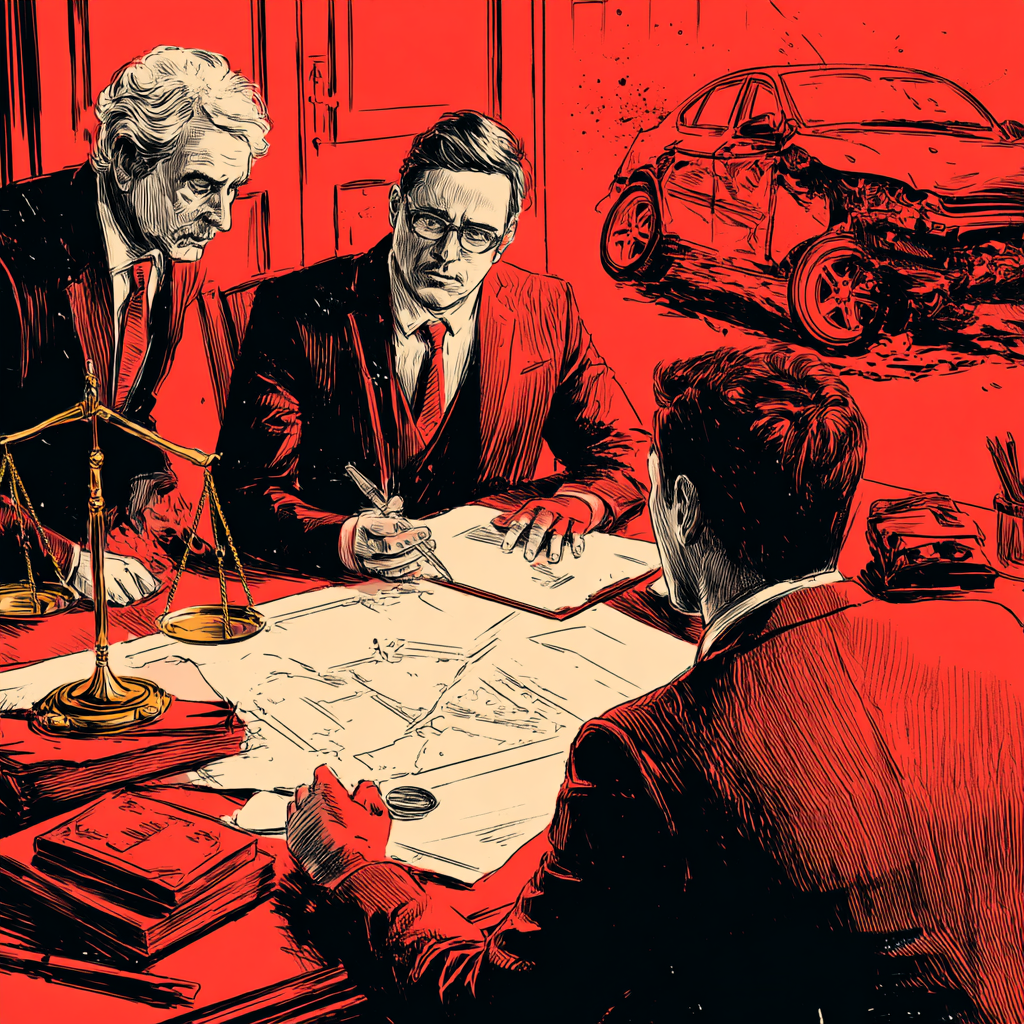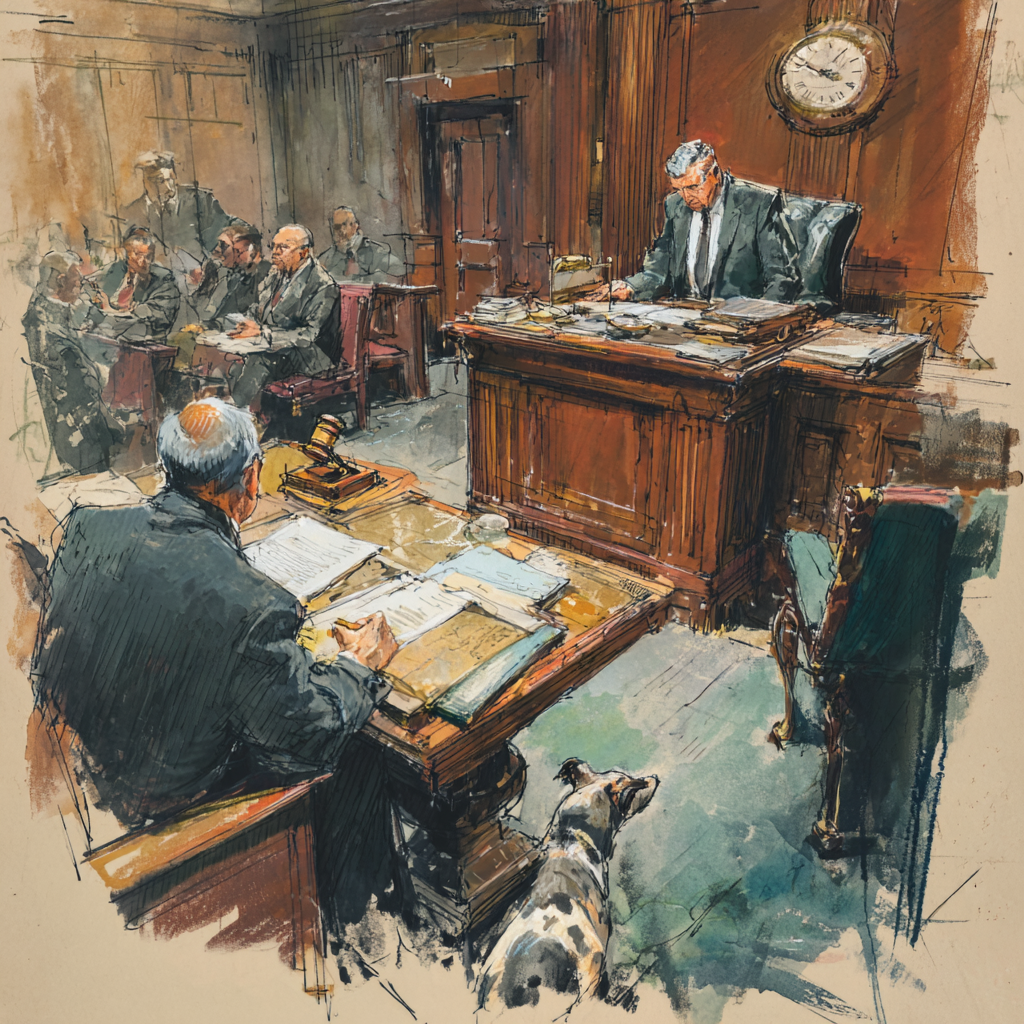
1. When the Dust Settles: Your Roadmap Forward
Handling insurance matters after an accident often feels like confronting a maze without a map. These interactions directly influence your ability to recover fair compensation, yet companies frequently prioritize their interests over yours. At The Law Office of Jason Tenenbaum, P.C., we specialize in personal injury cases and insurance disputes, offering clear guidance through every phase of this journey. Recent industry analyses highlight how insurers increasingly deploy sophisticated tactics to limit payouts. Our team counters these strategies with sharp legal advocacy honed over decades. Understanding how insurance companies operate is key.
2. Decoding the Insurance Playbook
Insurance claims kick off the moment an accident happens. You’ll first report the incident, then work through evaluations, negotiations, and potential resolutions. Adjusters enter the scene early, tasked with investigating claims. While they collect details about the accident, remember their primary goal: protecting the insurer’s bottom line. A 2025 study revealed adjusters often receive quotas for reducing claim values. Recognizing this dynamic helps you approach conversations strategically. Knowing your rights is crucial.
3. First Responses Matter: Protecting Your Position
- Document Everything
Capture photos of vehicle damage, skid marks, and injuries immediately. If witnesses are present, jot down their contact details and brief accounts. This evidence creates a foundation for your case. - Notify Insurers Promptly
Delaying your accident report gives insurers room to question your claim’s validity. Stick to concise facts when making initial contact—avoid opinions about fault or injury severity. - Prioritize Medical Care
Even minor soreness deserves professional evaluation. Hidden injuries like whiplash or concussions can surface days later, and medical records link these issues directly to the accident. Clinicians’ notes also become pivotal evidence for calculating damages.
4. The Art of Talking to Adjusters
Adjusters from both insurers will call quickly. Treat these conversations as fact-finding missions for them, not casual chats. Share only:
- Date/time/location of the accident
- Vehicles involved
- Contact information
Avoid these traps:
- Speculation: “I think I was going 35 mph” becomes “The speed limit was 35.”
- Apologies: “I’m sorry I didn’t see them” implies fault.
- Health Updates: “I’m feeling better today” undermines injury claims.
If an adjuster pressures you, respond with, “I’ll consult my attorney and follow up.” This simple phrase shifts momentum.
5. Overcoming Corporate Roadblocks
- Lowball Offers
Insurers frequently make initial settlements far below true case value. One client received a $15,000 offer for a fractured leg requiring surgery; we secured $287,000 by challenging their liability assessment. - Stalling Tactics
New York gives insurers 30 days to acknowledge claims and 90 to deny them. Delays beyond this may warrant bad-faith litigation. - Blame-Shifting
Comparative negligence laws let insurers reduce payouts if they assign partial fault. We combat this by reconstructing accidents with engineers and cell phone records.
6. Why Legal Muscle Changes the Game
Insurance firms have legal teams working full-time to limit payments. Level the field with experienced counsel. Our attorneys:
- Handle all communications, preventing missteps
- Calculate total damages (medical bills, lost income, emotional distress)
- Partner with experts to validate claims
- Threaten litigation convincingly when negotiations stall
Recent cases we’ve resolved include a $1.2M truck accident settlement and overturning a wrongful denial of no-fault benefits. An attorney can help navigate these complex processes.
7. Negotiation Tactics That Deliver Results
Insurers respect preparedness. We compile:
- Itemized treatment costs
- Projected future medical needs
- Employment records showing income loss
- Journals documenting pain levels and lifestyle impacts
One adjuster admitted off-record they triple offers when faced with bulletproof documentation. We also use mediation to break deadlocks—70% of mediated cases settle without court.
8. When to Take the Fight to Court
Litigation becomes necessary when insurers ignore evidence or act in bad faith. While trials add time, they often yield higher compensation.
Key litigation phases:
- Discovery: Exchange evidence like repair estimates and witness transcripts.
- Depositions: Record sworn testimonies from involved parties.
- Trial: Present arguments to a judge/jury over 1-3 weeks.
9. Your Next Move: Partner with Proven Advocates
Insurance battles demand equal parts knowledge and tenacity. The Law Office of Jason Tenenbaum, P.C. merges exhaustive case preparation with aggressive negotiation tactics. We’ve navigated every trick in the insurers’ playbook, from surveillance attempts to biased independent exams.
For a more thorough analysis of how to handle insurance companies after an accident, check out the video below:









